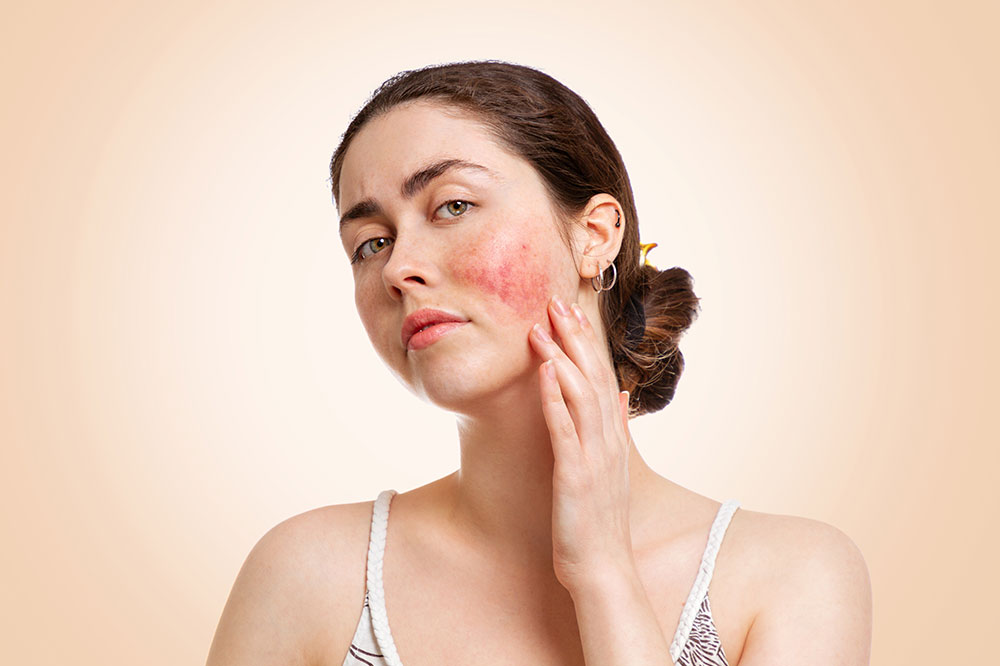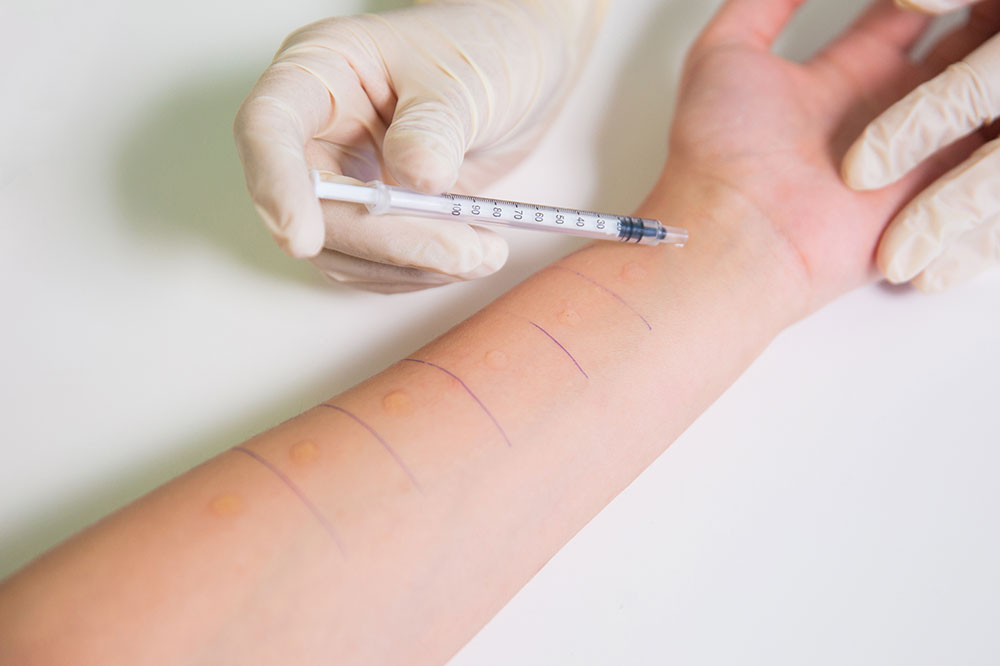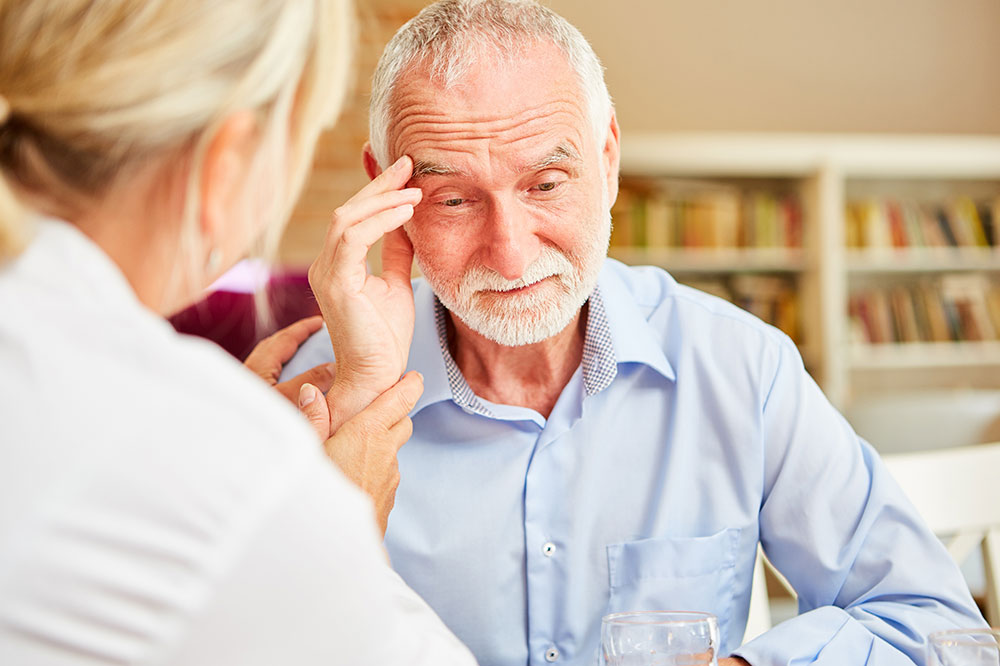Type of rosacea and how the skin condition can be treated

Rosacea is a long-term skin condition that affects over 16 million people in the country, most of whom are middle-aged women. Although it’s not a life-threatening disease, living with rosacea can cause distress among many. In most cases, it affects the skin on the nose, cheeks, and forehead. This skin problem is often characterized by tiny, red, pus-filled bumps that appear on the skin during flare-ups, which occur in cycles.
Types and causes
The American Academy of Dermatology (AAD) has classified rosacea into four main types:
- Erythematotelangiectatic rosacea (ETR): This type is characterized by redness and flushing of the skin with dilated blood vessels in the center of the face. For some, it can result in the skin becoming sensitive and swollen, while it becomes dry, rough, and scaly for others.
- Papulopustular rosacea: This is associated with redness, swelling, and acne-like breakouts. It can also result in the affected person having oily and sensitive skin, with broken, visible blood vessels.
- Phymatous rosacea: It’s a rare type that mostly affects men and results in the thickening of the nose skin. It causes a person’s skin to develop a bumpy texture, large pores, and visibly broken blood vessels, and they may also have thick skin on the chin, forehead, cheeks, and ears.
- Ocular rosacea: All symptoms of this type are centered around the eye area. This includes bloodshot and watery or dry and itchy eyes, diminished vision, cysts on the eyes, broken blood vessels on the eyelids, and a burning or stinging sensation in the eyes.
The exact causes of rosacea are yet unknown, but experts suggest that it mostly affects people with fair skin. Abnormalities in facial blood vessels and a family history of the condition contribute to developing it, and several factors can make this skin problem worse. These include extreme temperatures, vigorous exercise, and certain emotions like stress, anger, and embarrassment.
Treatment
There’s no specific treatment that can cure this skin problem, and treatment can only provide relief from the signs and symptoms of rosacea. A combination of lifestyle changes and medications tends to provide good results, so a doctor is likely to prescribe topical and oral medications.
- Topical creams are applied to the skin once or twice a day and help reduce redness and inflammation. They are often combined with oral antibiotics with anti-inflammatory properties to provide quick results.
- Laser treatment is typically recommended for people with visible blood vessels, which is also called spider veins. It uses intense pulse light to diminish the redness caused by blood vessels.
Another effective treatment method for this skin problem is to manage its symptoms, as they can aggravate if one is not cautious. It is advisable to wash one’s face with gentle cleansers and oil-free, water-based products and stay away from skincare products that contain alcohol, menthol, witch hazel, and exfoliating agents. Keeping a note of the food one eats and the cosmetics they use can help them figure out what makes the condition worse. Other potential triggers that should be avoided include stress, sunlight exposure, extreme weather conditions, certain types of spicy foods, and alcohol and hot beverages.


